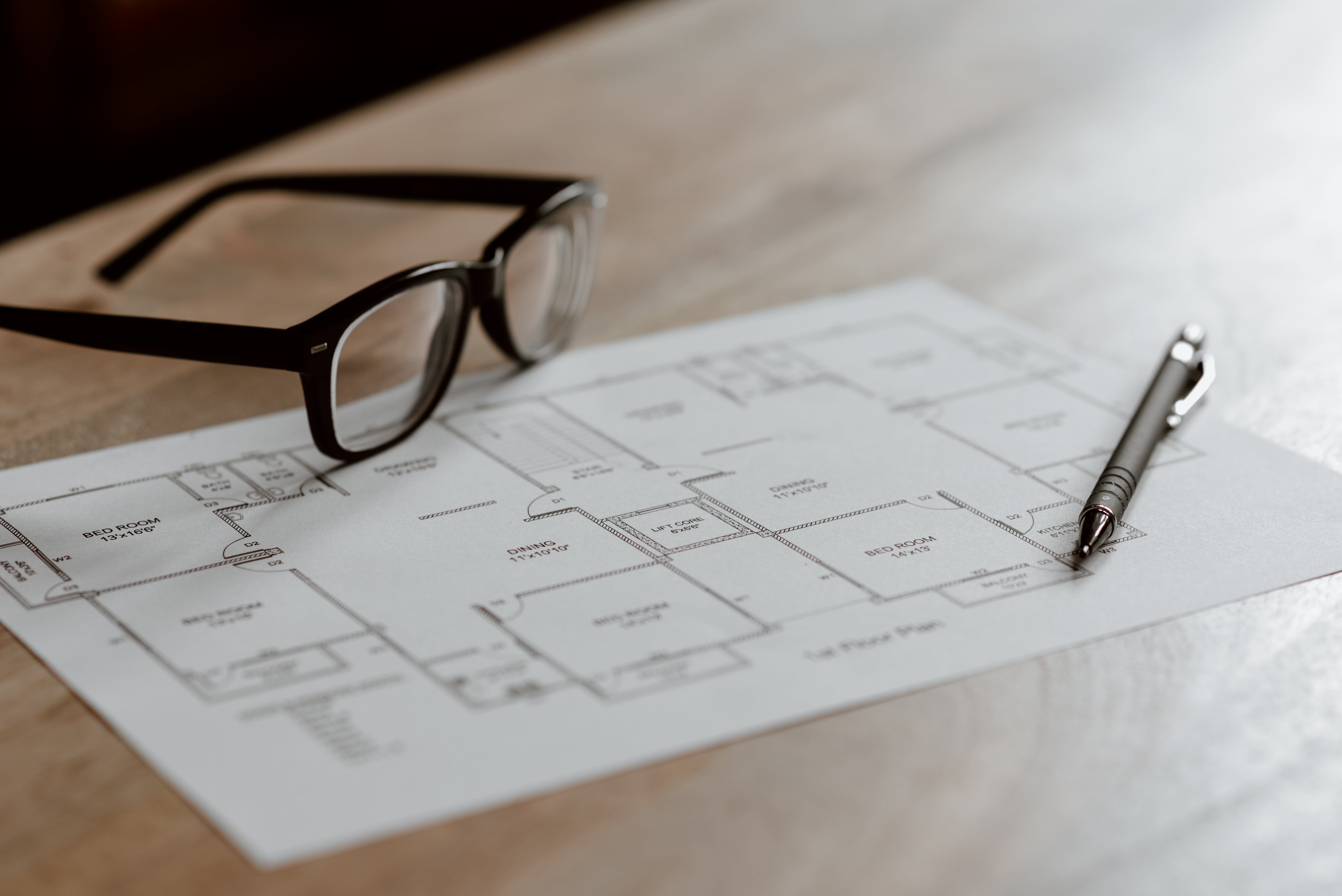I was speaking with a carpenter the other day who was reviewing construction plans for a new home build. The structural plans were done by a structural engineer and the architectural plans were done by… the same structural engineer. To cut costs, the homeowner had opted not to hire an architect or designer, entrusting the structural engineer with both roles instead.
While this may seem like a good idea, hiring someone outside of their area of expertise might not have the results you were expecting. Using this project as an example, let’s dive into the real cost of role-crossing with industry professionals.
A Basic Layout But Complex Construction
One of the biggest issues with these plans was the layout itself. The structural engineer designed a very basic layout, but added unnecessary complexity to the construction. The home included multiple dormers, attic trusses, window wells, awkward vaulted spaces, and complex stairwells—elements that make the construction more complicated and expensive.
Architectural designers and architects have spent years honing their skills to create homes that are visually appealing while also keeping construction simple and costs in check. They work closely with builders to ensure that designs remain feasible within the client’s budget. However, engineers are trained primarily to address the structural integrity of the building, not aesthetics or cost-efficiency in construction. As a result, a home designed by an engineer might look standard on paper but end up costing more to build than expected.
Inadequate Attention to the Layout and Functionality
An often-overlooked aspect of home design is the layout and the functionality of each space, including the placement of furniture. When I looked at the layout, it was clear that the engineer hadn’t taken this into consideration. For example, the couple planned to have a king-size bed in their bedroom—yet the layout simply didn’t accommodate this. The bedroom was long and narrow resulting in an awkward room.
Without an experienced designer considering the layout to include furniture placement and room flow, homeowners can find themselves stuck with spaces that don’t work as they’d envisioned.
Code Compliance Issues Delaying Permits
In addition to layout problems, there were also code compliance issues in these plans. Many areas of the home were missing basic information required for permits, which led to delays. A structural engineer will have a solid understanding of structural codes, but they are not the same as building codes.
Architects and architectural designers are trained to navigate both local and provincial/state building codes and bylaws to ensure that projects are permit-ready. In this case, the missing information caused delays while the city caught the errors and the plans had to be revised. This led to extra time that could have been easily avoided.
Errors Throughout the Plans Affecting Construction
Finally, the carpenter I was working with pointed out countless errors throughout the plans. Some were simple errors but others had a snowball effect; adjustments have to be made on-site, creating delays and increasing the risk of misunderstandings between the trades. When plans are unclear or inaccurate, every person involved in the build has to navigate these challenges, making the construction process slower and more costly.
That’s not to say architects and architectural designers can’t make mistakes. We’re all human. But when you hire the right expert in the right role, the process flows so much smoother, with fewer surprises and way fewer “why didn’t we see this coming?” moments.
I’ve seen this same issue come up when a contractor tries to handle interior design decisions, or when a designer weighs in too heavily on the construction side. It usually doesn’t end well. So, if you’re diving into a new build or renovation and thinking about asking someone to wear multiple hats, maybe take a step back.
The right person for each part of the job can be the difference between a smooth, successful project and one that spirals into complications and surprise expenses. It’s worth it in the long run to keep everyone doing what they’re best at.
— Chelsey
Chelsey Morphy
Home Consultant & Designer







